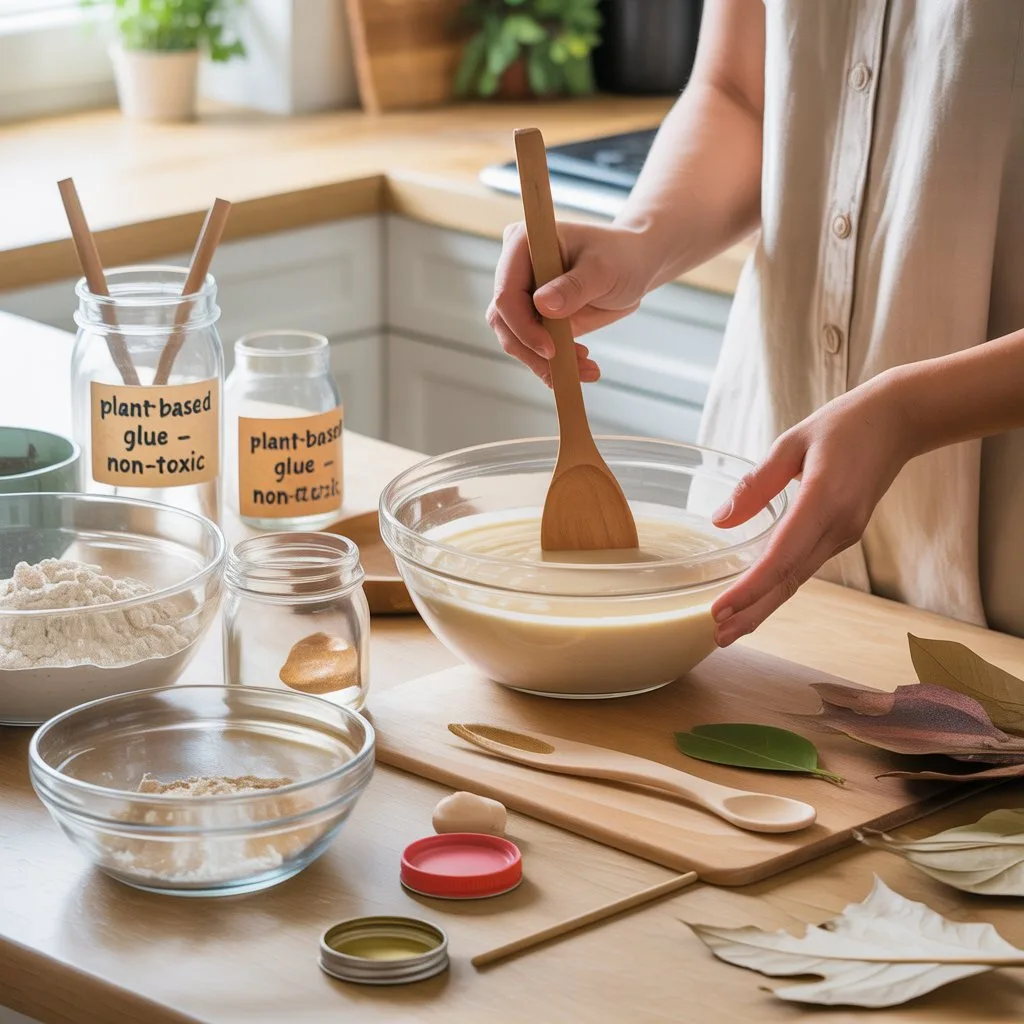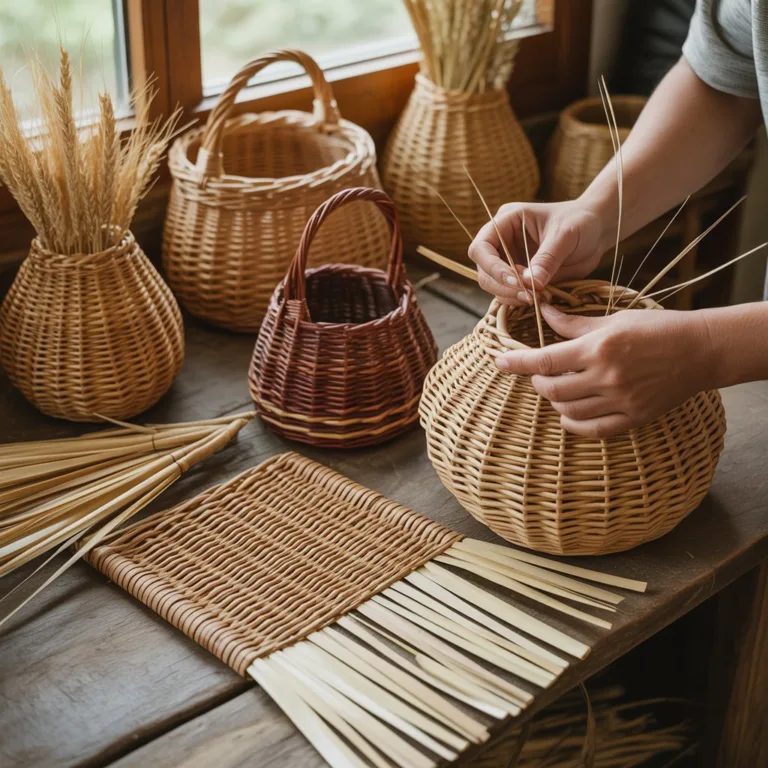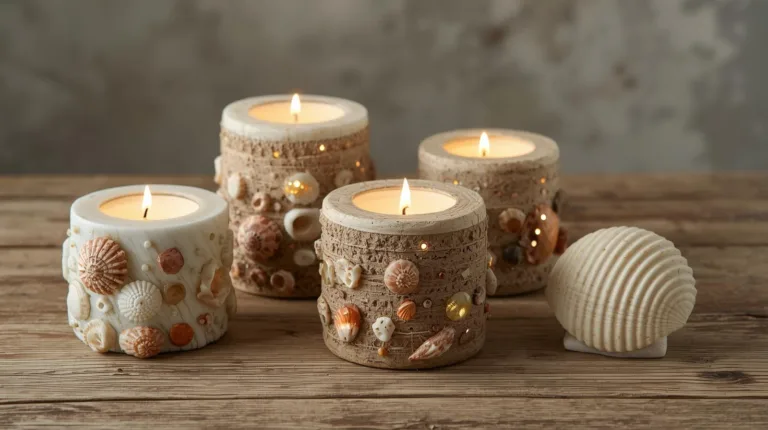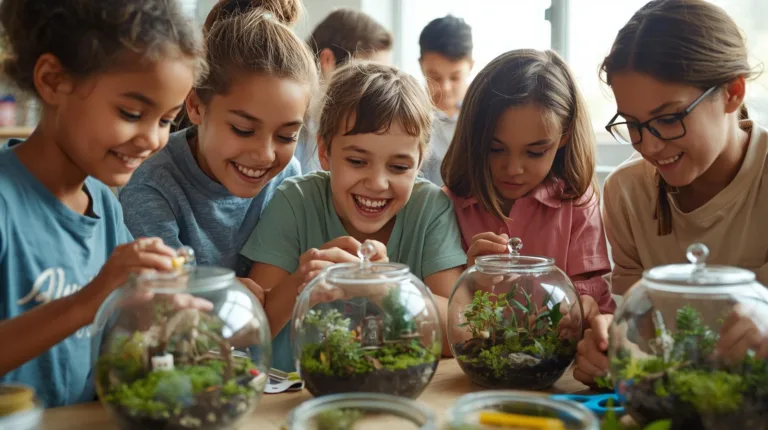Creating your own plant-based glue is an exciting and sustainable way to replace synthetic adhesives that often contain harmful chemicals. Whether you’re into crafting, school projects, or eco-friendly DIY creations, learning how to make natural glue allows you to maintain an environmentally conscious lifestyle while still enjoying practical and durable results.

Unlike conventional glues, plant-based versions rely on natural ingredients such as starches, resins, and gums, which are biodegradable and non-toxic. These alternatives are not only safer for children and the environment but also easy to make at home with simple ingredients. This article explores several ways to prepare plant-based glue, its uses in crafting, and how to improve its texture, strength, and shelf life.
Why Choose Plant-Based Glue
Traditional adhesives are typically made from petrochemical derivatives that emit volatile organic compounds (VOCs). These substances can negatively affect indoor air quality and contribute to environmental pollution. In contrast, plant-based glues are renewable, biodegradable, and much safer to handle.
Moreover, they are ideal for projects involving kids or materials that come into close contact with skin, paper, and food packaging. Choosing eco glues also aligns with a sustainable lifestyle by minimizing reliance on fossil fuel-based products.
Common plant-based glues use ingredients such as:
- Cornstarch or tapioca starch – provides structure and stickiness.
- Flour – acts as a thickening agent.
- Agar or natural gums (like guar gum) – enhance viscosity.
- Vinegar or lemon juice – prevents mold growth.
- Natural oils – improve flexibility and shelf life.
The Science Behind Natural Adhesives
Plant-based glues work through the same principle as industrial ones: they bond by forming a film that hardens as water evaporates. Starches and polysaccharides are the key components responsible for the adhesive quality. When heated in water, starch granules swell and release amylose and amylopectin, two natural polymers that create a sticky gel once cooled.
Understanding this chemical behavior helps crafters adjust the glue’s properties. For instance, using more starch results in a thicker, stronger adhesive suitable for wood or cardboard. In contrast, reducing starch concentration produces a more fluid glue ideal for paper and lightweight crafts.
Making a Simple Cornstarch-Based Glue
A cornstarch-based glue is one of the easiest natural adhesives to prepare. It is ideal for school crafts, paper mâché, and light woodwork.
Ingredients:
- 1 cup of water
- 1 tablespoon of cornstarch
- 1 tablespoon of sugar (optional, improves flexibility)
- 1 teaspoon of vinegar (acts as a preservative)
Instructions:
- Combine the cornstarch and sugar in a saucepan.
- Gradually add water, stirring constantly to prevent lumps.
- Heat on low flame while stirring until the mixture thickens to a paste-like consistency.
- Add vinegar and continue mixing for another minute.
- Let it cool completely before transferring to an airtight jar.
This mixture can last for up to two weeks if refrigerated. If it thickens too much, simply add a few drops of warm water to restore its texture.
Rice and Flour Glue for Stronger Bonding
If you need a thicker and more durable adhesive for projects such as cardboard models or recycled wood crafts, rice and flour glue is an excellent choice.
Ingredients:
- ½ cup of cooked rice
- 2 tablespoons of flour
- ½ cup of water
- 1 teaspoon of salt (prevents mold)
Preparation:
Mash the cooked rice into a smooth paste, mix it with flour, and add water gradually while stirring. Heat the mixture gently until it reaches a creamy consistency. The starch in rice adds elasticity, while flour provides additional bonding power.
This glue is biodegradable and dries into a translucent finish, making it perfect for crafts where appearance matters.
Enhancing Plant-Based Glue with Natural Additives
To improve performance, you can enrich your homemade adhesive with other natural ingredients:
- Natural resin (pine resin or gum arabic): Increases tackiness and durability.
- Beeswax or coconut oil: Adds flexibility and prevents cracking.
- Essential oils (like tea tree or eucalyptus): Provide natural antimicrobial properties and a pleasant scent.
- Glycerin: Prevents the glue from hardening too quickly and keeps it reusable.
Mixing small quantities of these elements can help create a more versatile product for various surfaces, including wood, leather, and recycled materials.
Plant-Based Glue for Eco Crafting Projects
Natural glue can be used in a variety of eco-friendly crafting projects:
- Paper mâché sculptures: Great for children’s art projects or home decorations.
- Eco wrapping paper: Perfect for sustainable gift packaging.
- Recycled cardboard models: Helps bind reused materials without harmful residues.
- Natural collages and wall art: Works well with leaves, flowers, and biodegradable decorations.
- Bookbinding: Offers a safe and flexible adhesive for handmade journals.
Using plant-based glue not only supports creativity but also reduces waste and exposure to toxic substances.
Storage and Shelf Life Tips
Homemade glue lacks synthetic preservatives, so proper storage is crucial. Keep your glue in a sealed glass jar in the refrigerator. For best results, label it with the preparation date and use it within two weeks.
To extend shelf life naturally:
- Add a few drops of vinegar or lemon juice.
- Use essential oils with antibacterial properties.
- Avoid contamination by always using clean tools to scoop out the glue.
If you notice an unpleasant odor or mold, it’s time to prepare a fresh batch.
The Environmental Benefits of DIY Natural Glue
Making your own adhesive reduces plastic waste since you reuse jars and avoid commercial packaging. It also minimizes exposure to chemicals commonly found in commercial glues, such as formaldehyde and toluene.
Moreover, by using ingredients like starch, rice, and gum arabic, you are supporting renewable agricultural sources instead of petroleum-based manufacturing. For eco-conscious makers and parents, this small habit contributes to a larger movement toward sustainable living.
Creative Ways to Use Plant-Based Glue
Here are a few unique applications that showcase its versatility:
- Eco-friendly children’s toys: Use it to assemble bamboo or cardboard pieces.
- Upcycled decor: Combine with natural dyes for artistic textures.
- Sustainable furniture restoration: Acts as a temporary or non-toxic bonding agent.
- Educational science projects: Demonstrate natural polymer behavior in schools.
Experimentation is key — slight adjustments in proportions can result in different strengths and finishes, depending on your project’s needs.
Bringing Sustainability to Every Craft
Making your own plant-based glue is more than a practical DIY project — it’s an expression of sustainability, creativity, and mindfulness. By crafting with natural ingredients, you reduce chemical waste and rediscover traditional methods that are kinder to the planet.
Whether you’re creating with kids, building eco-decor, or exploring sustainable materials, this simple recipe opens a gateway to more conscious crafting. Keep experimenting, share your results, and inspire others to join the eco-crafting movement.

Lucas Hartman is a DIY enthusiast and sustainability advocate focused on natural crafts and eco-friendly home décor. With a background in arts and design, Lucas creates tutorials that help families and hobbyists transform everyday recycled or organic materials into beautiful, functional projects.



